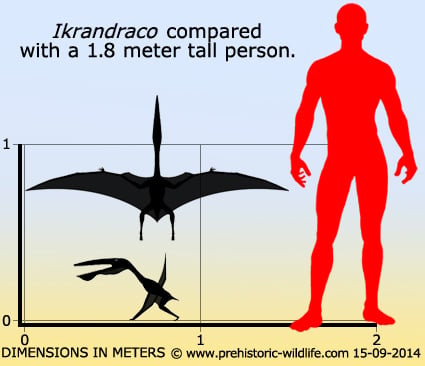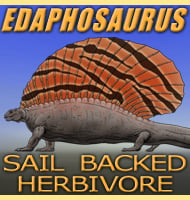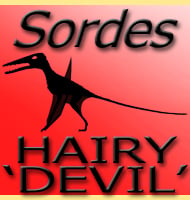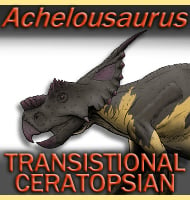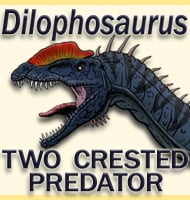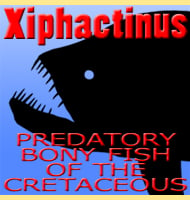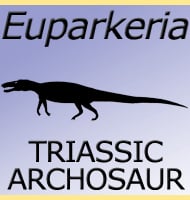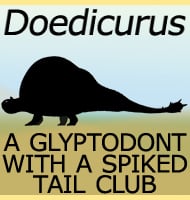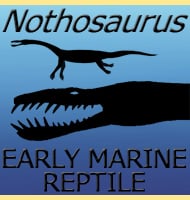In Depth
It’s kind of obvious that the team behind the naming of the pterosaur Ikrandraco are fans of the 2009 film Avatar. The Ikran part of the name is a reference to the Ikran of the film, flying dragon-like creatures that are ridden by the Na’vi. The inspiration for this came from the large keeled crest that extends down from the lower jaw of Ikrandraco. The draco part of the name more simply means ‘dragon’, a word that is fairly common in the naming of pterosaur genera (i.e. Aussiedraco, Dawndraco, Volgadraco, Bakonydraco, etc).
As already mentioned, the key area of interest about Ikrandraco is the large crest that grows out from the anterior of the lower jaw. This crest is so large that it covers almost half the length of the lower jaw, and even more interestingly had a hook on the posterior portion of the crest near where the crest joined the mandibles (lower jaw bones). The describers of Ikrandraco have speculated that this feature may have been the attachment point for a pouch similar to that of a pelicans. In turn this led to suggestions that Ikrandraco may have been a skim feeder, snatching up fish that swam too close to the surface of the water and then carrying them off in its pouch. This feeding idea has been speculated for many pterosaurs, though not all palaeontologists agree to it.
In terms of other features, Ikrandraco also had up to twenty-one pairs of teeth in the upper jaw, and fifteen to eighteen pairs in the lower jaw (the number varies between the two specimens). These teeth are not especially long but are thin and needle like. These teeth are better adapted for puncturing the flesh of prey and are common seen in piscivorous (fish eating) animals.
Hailing from the Jiufotang Formation, Ikrandraco shared the skies with other pterosaur genera such as Nurhachius, Eoazhdarcho, Guidraco, Chaoyangopterus, Liaoxipterus, Shenzhoupterus, Jidapterus, Liaoningopterus and Sinopterus. Primitive birds such as Yanornis, Jeholornis, Sapeornis and Confuciusornis amongst others were also present. Not to be outdone, dinosaurs such as Microraptor and Psittacosaurus would have also been roaming around.
Further Reading
- An Early Cretaceous pterosaur with an unusual mandibular crest from China and a potential novel feeding strategy. - Scientific Reports 4 doi:10.1038/srep06329. - Xiaolin Wang, Taissa Rodrigues, Shunxing Jiang, Xin Cheng, Alexander W. A. Kellner - 2014.
